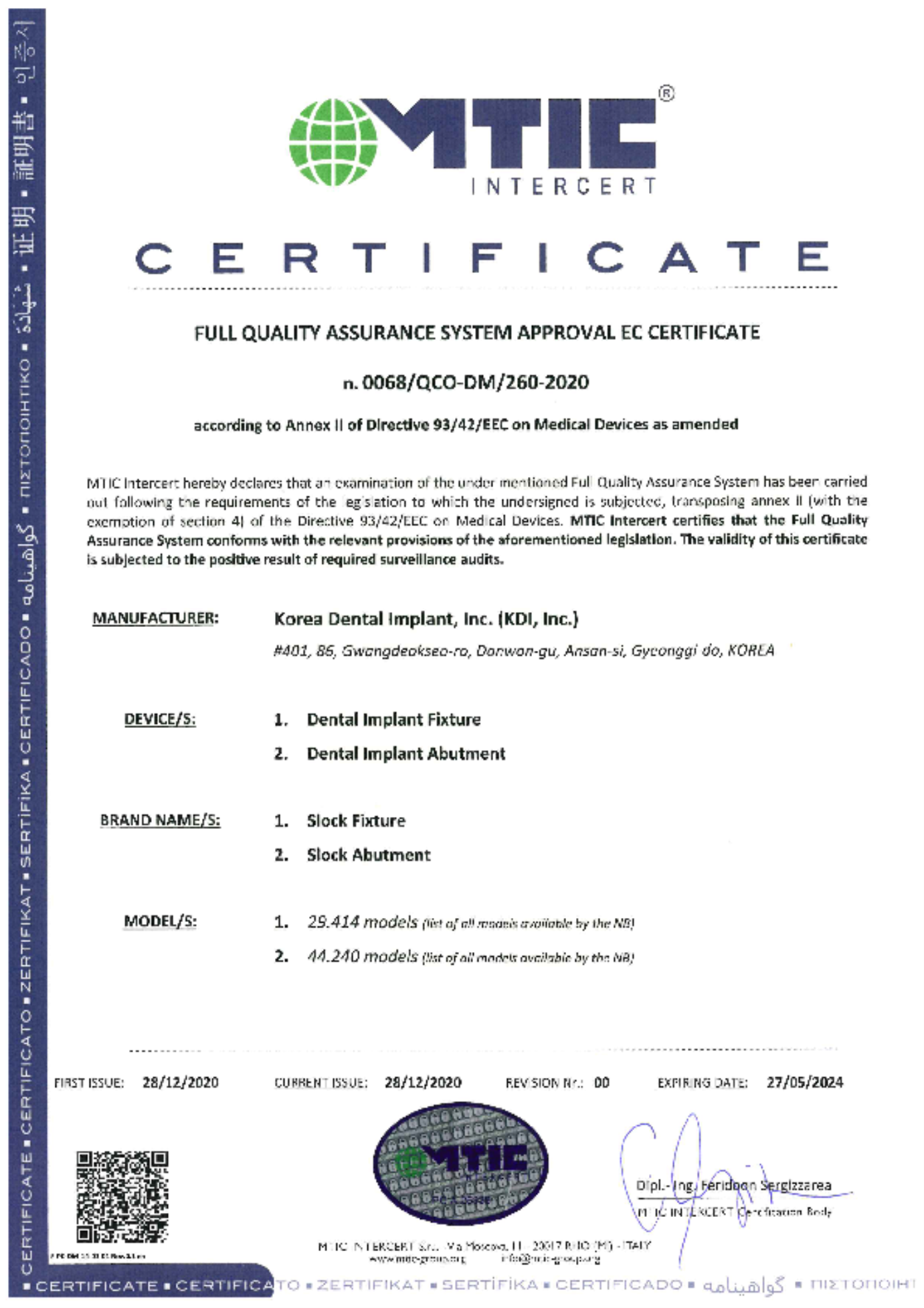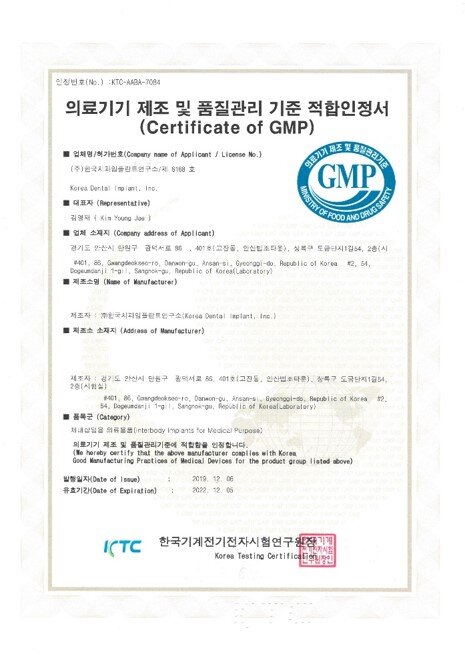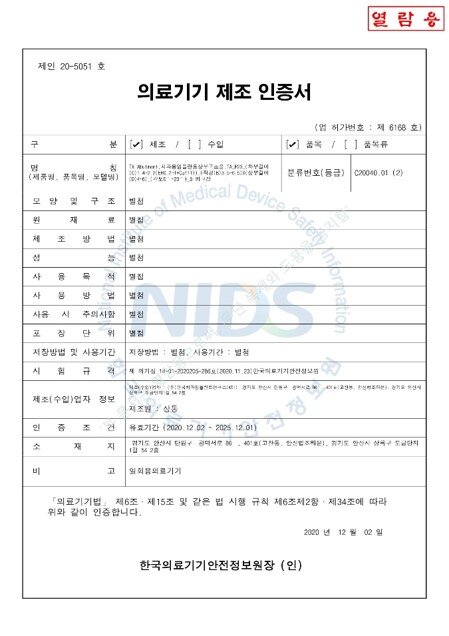
SLOCK IMPLANT
BIO-ENGINEERED IMPLANTS FOR EVERY PHASE OF IMPLANT THERAPY
Korea Dental Implant, Inc. (KDI) is a manufacturer and distributor of the SLOCK IMPLANT system
SLOCK is a unique dental implant system that offers an innovative solution to the worldwide dental philosophy. SLOCK's scientifically-engineered design follows geometric and bioengineering principles, increasing success rates in dental implant operations.
PRODUCT OFFERING
TORX++ IMPLANT
LOCKING TAPER IMPLANT
SLOCK DESIGN
S-LINE DUAL TAPER
The name SLOCK is derived from the "S-line" dual taper design and "locking" feature that further serves to increase the long-term stability of the implant.
ODOR-FREE
•
BACTERIA-FREE
•
ROTATION-FREE
•
LONG-LASTING
COMPREHENSIVE SYSTEM
KDI’s SLOCK implant design offers a fracture-resistant and odorless design that is clinically proven to and designed long-term tissue stability.
CORTICAL BONE ANCHORAGE
•
SINUS INFERIOR WALL FIXATION
•
NO SINUS MEMBRANE PERFORATION
•
HIGH BONE GROWTH

NANO SLA SURFACE TREATMENT
High stability and fast osseointegration
CERTIFICATES
CE, ISO13485, KFDA, GMP, CFDA and more..











